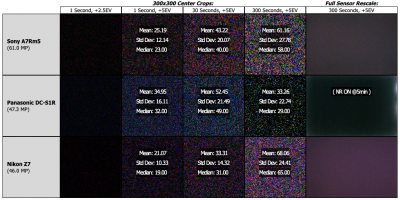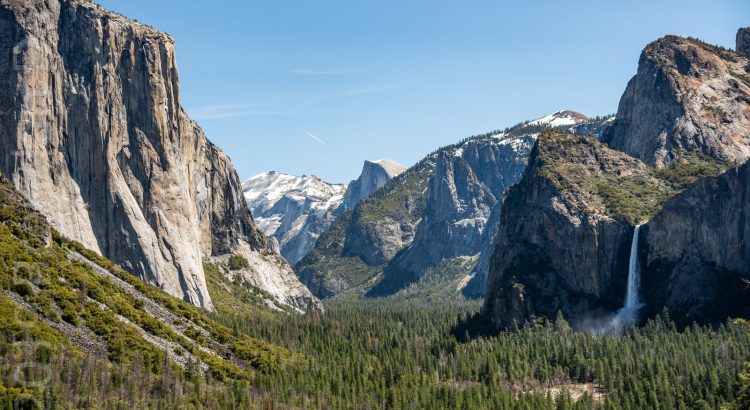There is a lot of ‘noise’ around the A7R V at the moment, with a lot of people saying that it’s low light capabilities are very good considering it’s 61MP sensor count. Of course most of the high ISO testing for noise so far hae been to do with fairly short shutter speeds, considerably less than one second. But is it going to be any good for exposures above 1 second?
So I have tested the camera and the results are below, but before I go into them there are a few things to consider, that even my testing is unable to determine. Firstly My tests do not involve any subject matter they only test pure sensor noise or a dark frame. How the sensor will be able to use the avaliable light and the results are not tested. Which leads to the second point:
Pixel size or light “Buckets”
In high Megapixel cameras the pixels or ‘buckets’ for collecting light are getting much smaller. So each bucket is getting less light. For example an A7S has individual pixels that are 8.4 micros wide, where as the new A7RV are 5.4 micros. This reduction of avaliable light to individual pixels means there is less signal or level for “light” recorded by the pixel to be read and as a result the signal to noise level is worse.
The testing that I perform only tests the pure noise when the sensor is not detecting light, and how much signal there is at a given light level or exposure is not tested, so Signal to Noise S/N is not tested.
The Results:
The A7R V is by far the best high MP count sensor I have tested. with results very close the Nikon Z7 with 47MP. It Also outperforms the S1. Keep in mind that both the S1 and Z7 are both previous generation cameras, and I have not tested newer models. None the less, these are very impressive results.

The A7R V unlike the A7R IV has a new feature, that was sorely missing from the previous model, and this is the ability to shoot smaller RAW files. Sony have introduced RAW Medium (26MP) and RAW Small (16MP). Both of these sizes are down-sampled images taken from the full sensor.
Because the Medium sized RAW is 26MP, still quite a large size, larger than even the A7III I decided to run the tests again from these files. It’s worth remembering at this point that downsampled images can only work with the avaliable data which will have the signal to noise related issues mentioned above.
The results were good and the reduction of noise from the 61MP image was significant, and place the final RAW file on par with the A7III and A7IV. When you consider there are 2 extra MP it’s an impressive result to be so close to the A7III, which is still considered to be one of the best low light cameras avaliable. Having said that it is worth noting that the longer the exposure the less benefit there is from downsampling, I suspect due to more noise being introduced into the image that the downsampling can’t deal with as the S/N gets worse.

So if you can afford an A7R V over the A7 V I guess you get the benefit of having a High MP camera as well as having the ability to downsample for much better results for some long exposure work.
If you would like to compare the A7R V to other models you can do so from the Sensor DB here.












